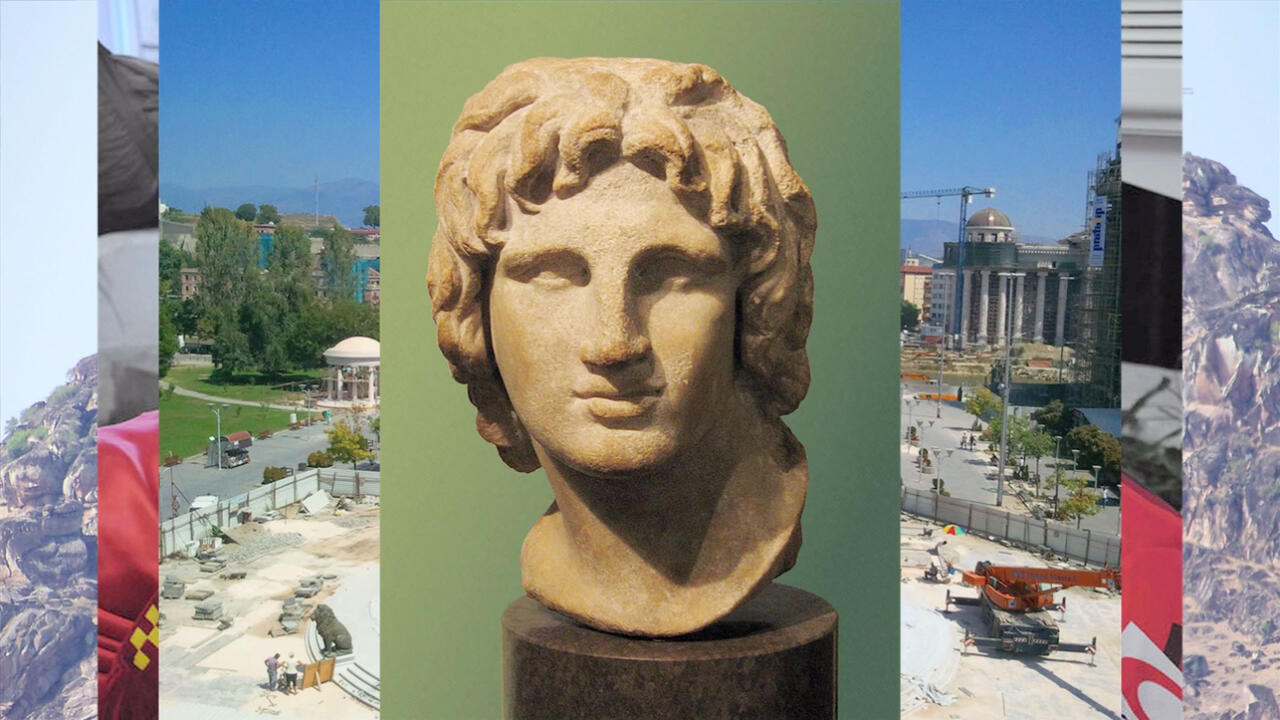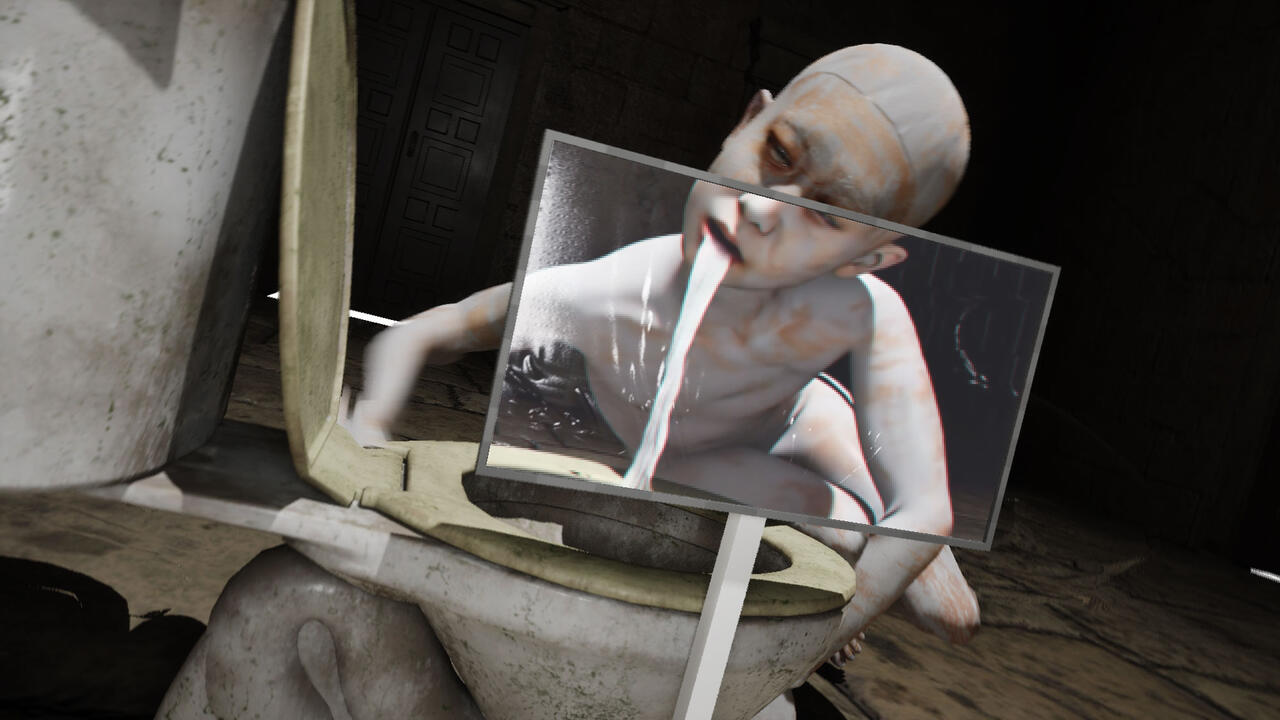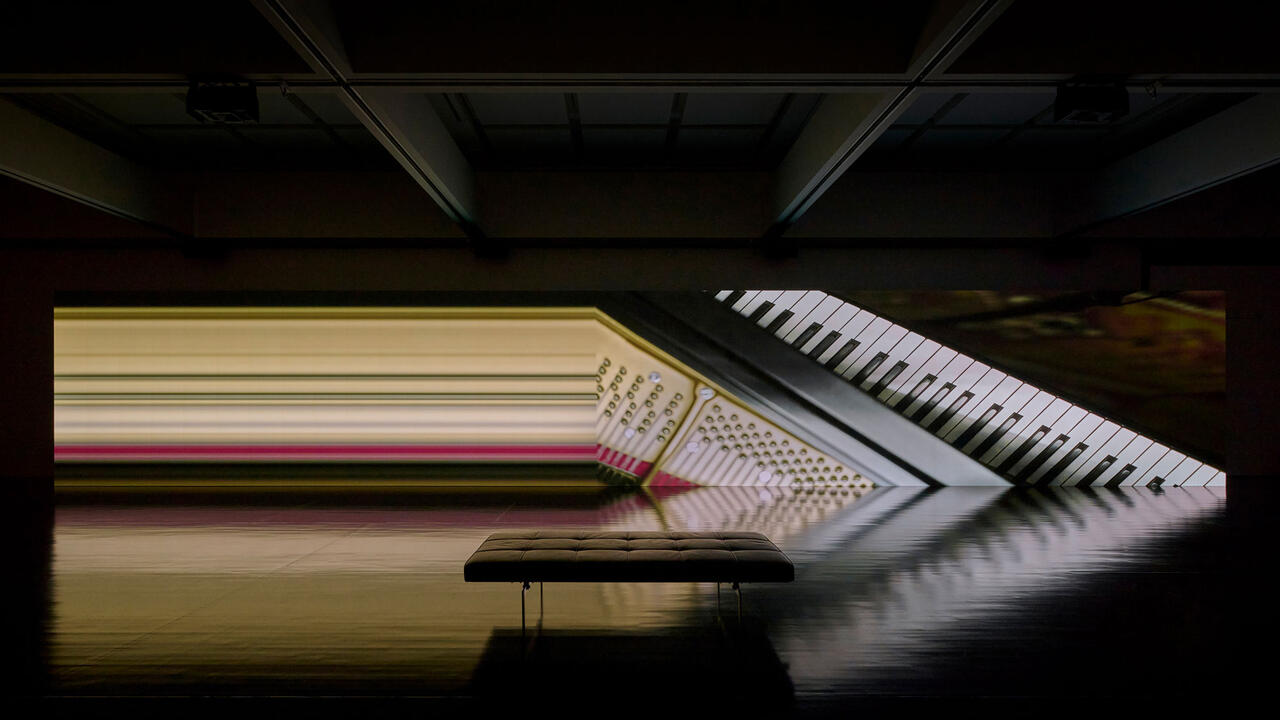Don’t Call Them Memorials
Public debate around Confederate insignia has little to do with historical fact, and everything to do with collective memory
Public debate around Confederate insignia has little to do with historical fact, and everything to do with collective memory

What we see happening in places like Charlottesville today – after the tragic, bloody events of last weekend, and the roiling debates around Confederate monuments – has less to do with historical fact and more to do with collective memory. In Dell Upton’s 2015 book What Can and Can’t Be Said – his insightful examination of African-American memorials in the United States – we are presented with two pivotal questions regarding our understanding of monuments in the contemporary South: what is possible and what is permitted to be said in debates around public memorials?

Upton’s analysis of civil rights memorials acknowledges a key point too often omitted from contemporary debates. New South ‘boosterism’ invented the memorial landscape in the 1880s and 1890s. A class of merchants, manufacturers and financiers sought to transform the south. Partnering with figures such as Henry W. Grady (1850-89), the managing editor of the Atlanta Constitution, they promoted industrial growth, agrarian reform, and northern investment to reintegrate the region into the ‘political and economic life’ of the United States. This process required the stripping away of facts around the political, economic, and social motivations involved in fighting the Civil War, and in its place, a new context that embraced a collective understanding of southern sentiment about the war that would be acceptable to northern whites. This process had nothing to do with the history of the war. Americans, north and south, knew full well that the Confederacy was created to preserve slavery, and the resolution of the Civil War meant the end of a slave democracy on which southerners relied.

In other words, today we are not debating what happened, but instead we are quarrelling about how southerners choose to remember it. As countless historians have tirelessly explained, the Confederate memorials that dot the landscape were erected long after the war was fought as southerners promoted the idea of a ‘New South.’ New, in the sense that a new generation of southern leaders embraced a narrative of modernization and preservation: a narrative that argued that southerners fought nobly not to preserve slavery, but for self-determination against northern aggression. This story meant that, fuelled by a regional identity that believed in honour, family, and religion, southerners may have lost on the battlefield, but they would retain the values that defined their culture. They continued to preserve those noble values even as they grew cities and nurtured industries such as textiles and railroads.

They succeeded in reshaping and rebranding the region, but it came at a high cost for black Americans. As southern whites murdered and disenfranchised black people, they would celebrate why they committed those acts by creating markers to an idealized version of white southern history. The memorials we debate today are public markers created by private groups that endorse this white vision and support these white actions. In truth, we should not call them memorials. A proper label would be ‘political markers funded by the United Daughters of the Confederacy (UDC) and gifted to municipalities across the South to celebrate the re-establishment of white rule after Reconstruction’.
The pattern of greatest activism linked to these markers between 1896 and 1919 and again between 1954 and 1965 correlates to the public proclamations of anti-black sentiment at those moments. Indeed, the first period coincides with the rise of white supremacy marked by the 1896 Plessy v. Ferguson decision that legalized segregation and opened the door to subsequent black voter suppression, a lynching campaign in the 1890s and a series of anti-black riots in communities such as Atlanta (1906), Springfield (1908), and East St. Louis (1917). This aggression culminated in 1919 with what author James Weldon Johnson described as the ‘The Red Summer’: a series of 26 race-inspired riots that erupted across the United States. The second period marked white southerners reacting against the landmark Brown v. Board of Education Supreme Court decision in 1954 that ended school segregation. In the years that followed that victory – as Martin Luther King and countless others marched in nonviolent protest culminating in the Civil Rights Act (1964) which outlawed discrimination based on race, colour, religion, sex, or national origin and the Voting Rights Act (1965) which prevented denial or restriction of the right to vote – southerners embraced symbols of the Confederacy.

Navigating the space created between history and feeling prompted me to participate in The Confederate Flag – 13 Flag Funerals organized by artist John Sims on 25 May 2015. In organizing the burning and burials of the Confederate Flag in the former states of the Confederacy on the 150th anniversary of the end of the Civil War, Sims commemorated the struggle for freedom from an African-American perspective. A form of creative resistance, the project highlighted what countless black and white people were prevented from saying for decades. A black person burning a symbol of the Confederacy in public rejects the romanticized South and challenges the white-centric public memory that defines the region. Online threats, calls to my college for me to be fired and calls for me to be arrested for burning the Confederate flag, bombarded me as I pursued this project. Yet, in confronting Confederate symbolism with a public art project, we foreshadowed a wider debate around truth in the public sphere. It reminded Americans that black people who challenged white supremacy have been terrorized, beaten, or killed for doing so. It acknowledged, as should be obvious, that African Americans rejoiced in the South’s defeat, suffered brutally through Jim Crow segregation and continue today to seek freedom equal to all in the public square.

While previous ethnic white immigrants that came to United States were placed in a ‘melting pot’ that washed away their difference and made them ‘white’, our contemporary social space cannot be defined by that white racial status quo. The lived experience that defines the modern United States requires the legacies and memories of all our people to inform the public square we inhabit. While it may seem like an empowered white majority clinging to the past defines our current reality, in truth, today many more Americans are claiming a place for their experiences to define our democracy. Together we care about the truth and reject symbols that threaten and demean; we seek a community that celebrates the richness of our diversity. But we must work hard to confront the truth of historical violence and its effect. With that truth made clear, we can move towards a public sphere that celebrates the people and institutions that helped the United States live up to its ideals.
Main image: detail from Moses Jacob Ezekiel’s Confederate monument (1914) at Arlington National Cemetery, Virginia. Courtesy: Mark Fischer, Flickr, Creative Commons




















